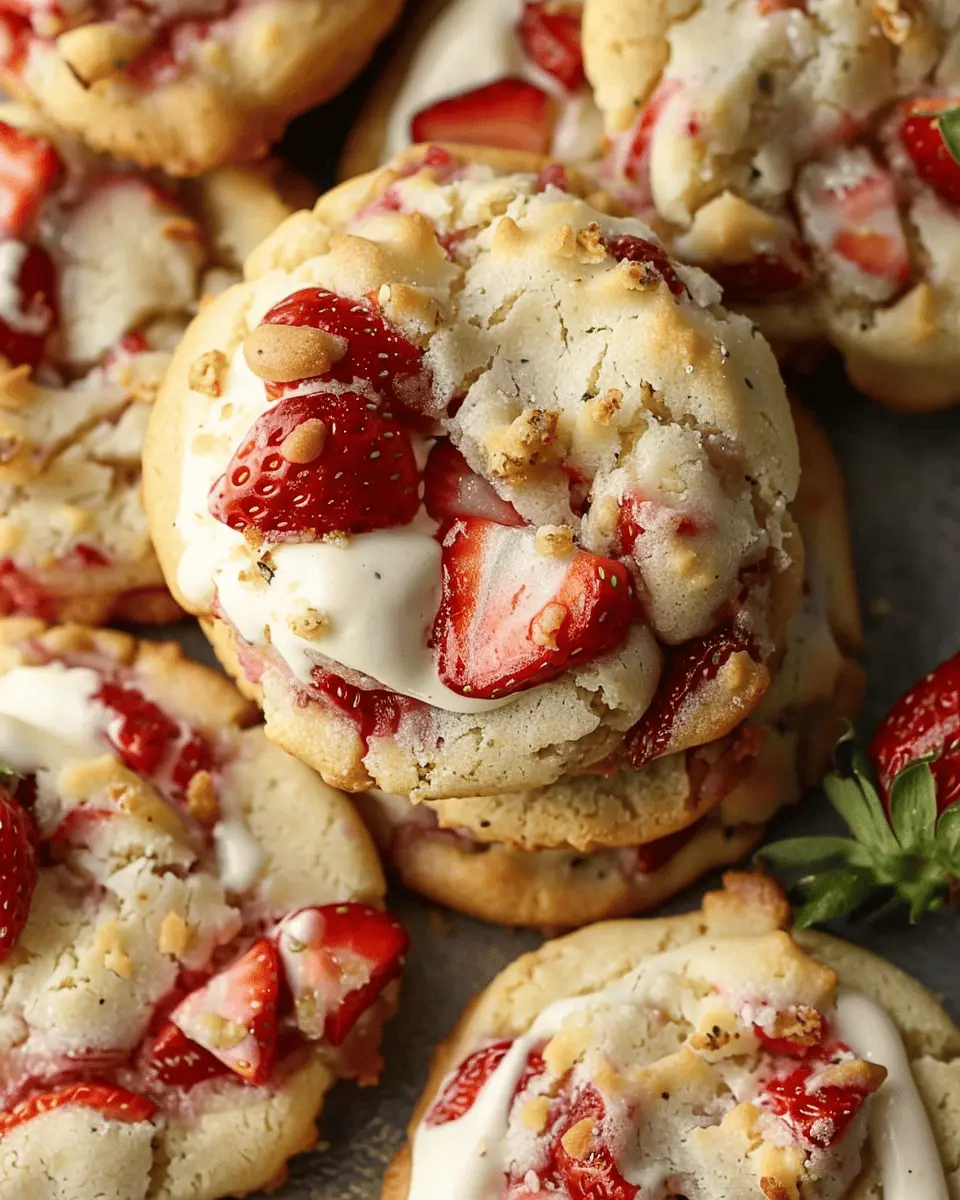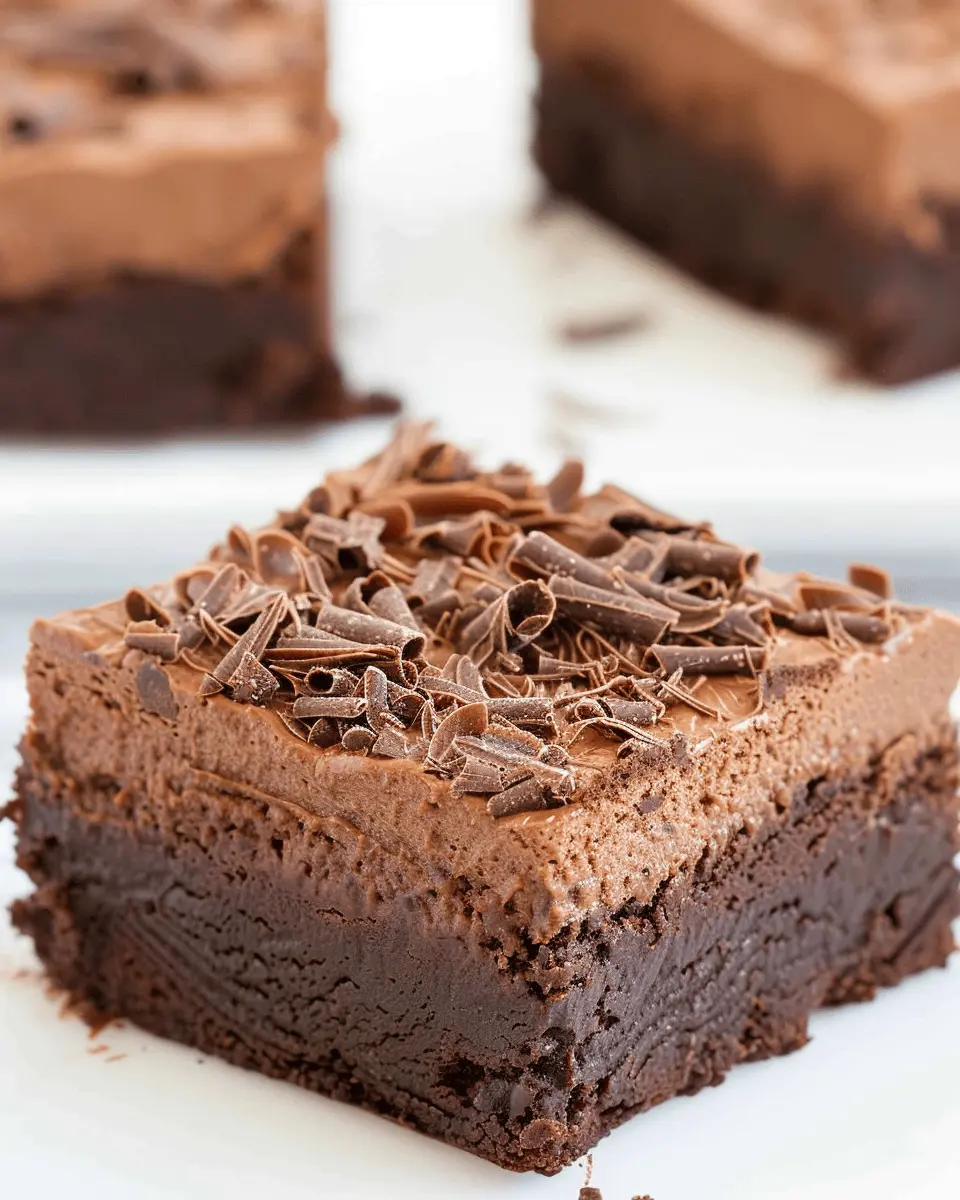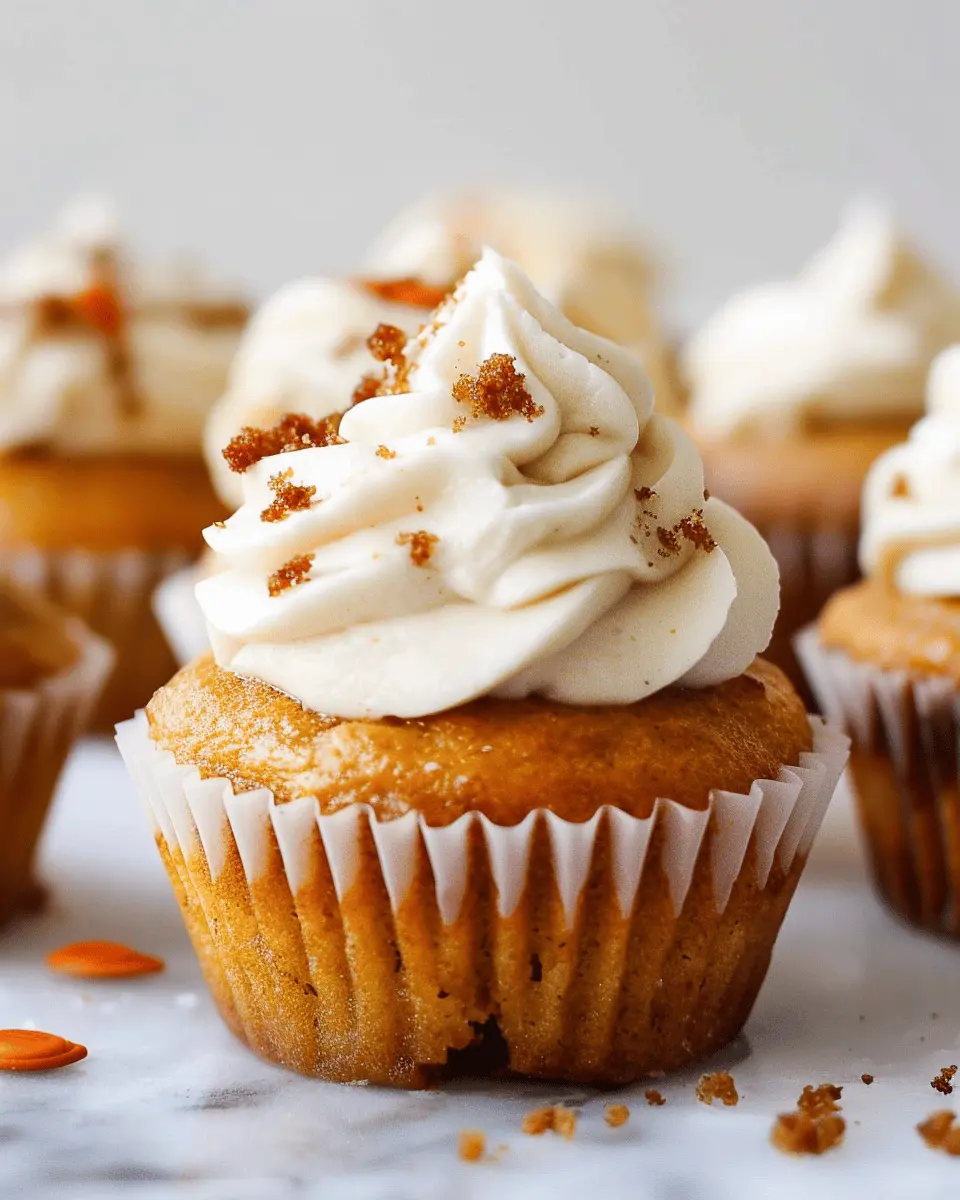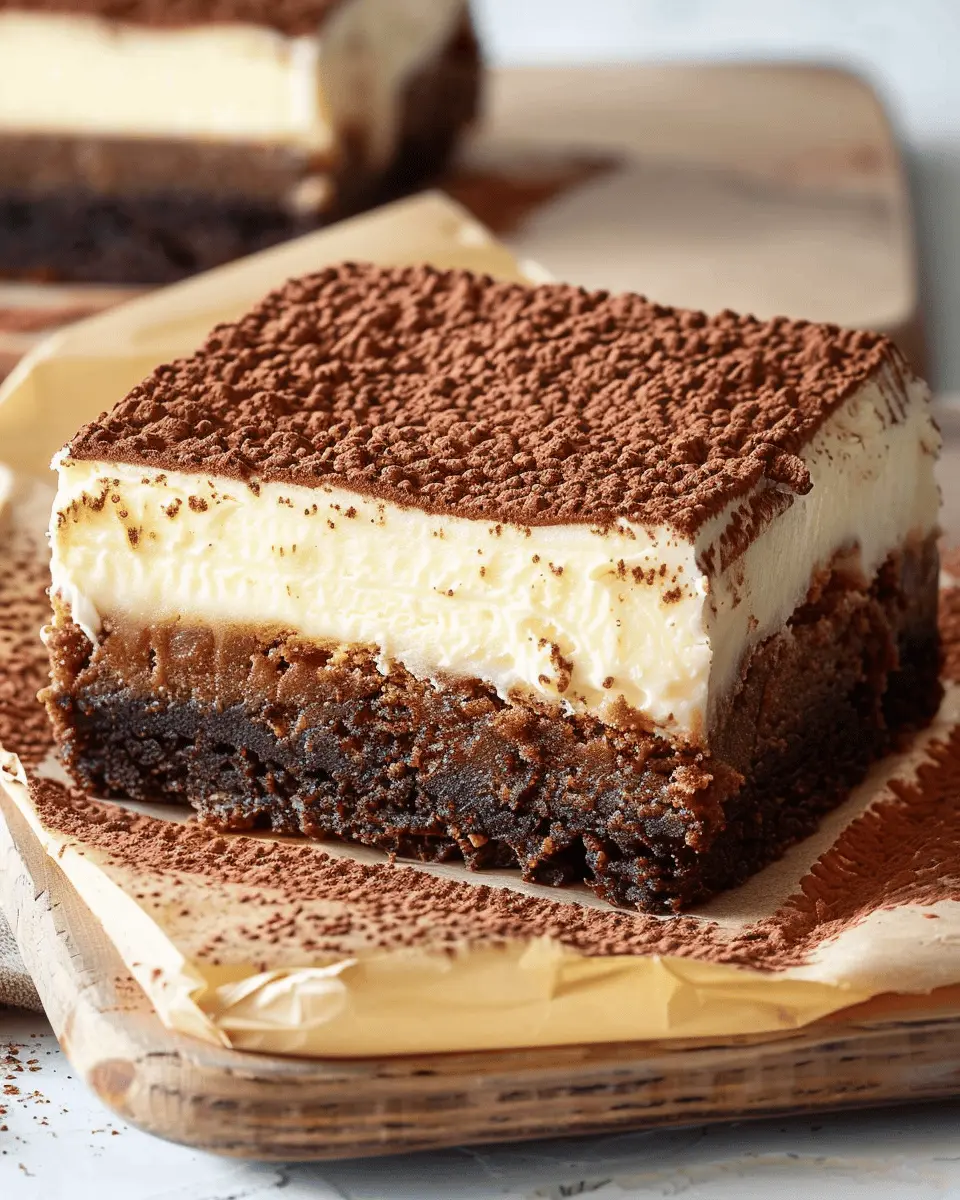Introduction to the Best Ever Sourdough Bread Recipe
Sourdough bread is not just a trendy indulgence; it’s a kitchen essential for young professionals navigating the hustle and bustle of life. Imagine this: you’ve had a long day at work, you’re coming home exhausted, and a warm, crusty loaf of sourdough awaits you. It’s the perfect companion for a quick, nutritious meal. Plus, making your own bread can feel incredibly satisfying and empowering.
Why is the best ever sourdough bread recipe essential? Firstly, sourdough has a unique tangy flavor that elevates your sandwiches and toast to new heights. It pairs beautifully with everything from turkey bacon to avocado, making the simple meal feel gourmet. Additionally, this bread is made through a natural fermentation process that can be easier on the digestive system. According to a study by the University of California, the less processed nature of sourdough means it may lead to a lower glycemic response than conventional breads, which is a significant boon for health-conscious eaters.
Furthermore, the skill of making sourdough bread can become a creative outlet, a relaxing ritual that turns your kitchen into a sacred space. The act of kneading dough and observing the fermentation process reminds you of the art involved in cooking, giving you much-needed mental breaks from your busy life.
To embark on this journey, don’t worry if you’re a beginner. The process of learning to bake good sourdough can be as delightful as the bread itself! With this best ever sourdough bread recipe, you’ll find comprehensive and friendly guidance, coupled with tips unique to the home baker, to help you succeed.
Incorporating these moments of creativity into your routine not only enhances your culinary skills but can also boost your mood significantly. So, why not treat yourself to this artisan experience? You’ll be more than delighted with the sacrifices made in time and ingredients. Keep reading, and let’s dive into making the best ever sourdough bread that you can proudly share with family and friends!

Ingredients for the Best Ever Sourdough Bread
When embarking on your sourdough journey, using high-quality ingredients is key to achieving that perfect loaf. Here’s a breakdown of the essential ingredients you’ll need for your best ever sourdough bread recipe.
Essential ingredients for a delicious loaf
-
Sourdough Starter: This is the heart of your bread. A well-fed starter gives your loaf the distinct tangy flavor and helps it rise. Make sure yours is bubbly and active before using!
-
Bread Flour: Opt for high-protein bread flour for a chewier texture and stronger gluten structure. King Arthur Flour or Bob’s Red Mill are great brands to consider. You can even mix in some whole wheat flour for added depth.
-
Water: Use lukewarm filtered water to hydrate the flour and starter effectively. Avoid distilled water as the absence of minerals might prevent proper fermentation.
-
Salt: A key player in flavor enhancement, salt also helps strengthen the dough. Opt for a high-quality sea salt for the best results.
These ingredients will set the foundation for the best ever sourdough bread. For more insights on sourdough baking, check out this tutorial. Happy baking!
Step-by-Step Preparation of Sourdough Bread
Baking sourdough bread can seem daunting, but once you’ve gathered your tools and ingredients, the process is both rewarding and enjoyable. Let’s dive into the step-by-step preparation of what I consider the best ever sourdough bread recipe.
Gather Your Tools and Ingredients
Before you start, let’s make sure you have everything you need at hand. A well-prepared baker is a happy baker!
Essential Tools:
- Large mixing bowl
- Digital kitchen scale
- Dough scraper
- Proofing basket (banneton)
- Dutch oven or baking stone
- Lame or sharp knife for scoring
Ingredients:
- 500g bread flour
- 350g water (room temperature)
- 100g active sourdough starter
- 10g salt
Having everything within reach not only saves time but also prevents you from missing any crucial steps in your sourdough journey.
Create the Dough
Now that you’re set up, it’s time to bring your ingredients together. In a large mixing bowl, combine the flour and salt first. This helps to evenly distribute the salt, which is crucial for flavor.
- Mix the dry ingredients: Stir the flour and salt together thoroughly.
- Incorporate the sourdough starter: Add the active starter to the bowl.
- Add water: Slowly pour in the water, mixing it with your hands until you form a shaggy dough.
Feel free to check out resources from King Arthur Baking for visual guidance if you’re unsure about mixing techniques.
Stretch and Fold for Optimal Texture
Once your dough is mixed, it’s time to focus on the texture. Rather than kneading, we’ll use the stretch and fold method, which helps develop gluten without traditional kneading.
- First fold: With damp hands, grab the edge of the dough and stretch it up, then fold it back over the center.
- Repeat this: Do this for about 4-6 times, turning the bowl 90 degrees after each fold.
You’ll notice your dough becoming smoother and more elastic. It’s fascinating how simple techniques can transform your ingredients!
Bulk Fermentation Process Explained
This is where the magic happens. After folding, let your dough rest at room temperature for about 4 to 6 hours. During this time, it will rise significantly.
- Watch for signs of readiness: The dough should be puffy and have nearly doubled in size. You can gently poke it; if it springs back slowly, it’s a good indication that it’s ready for shaping.
A proper bulk fermentation is essential for flavor development in your sourdough bread.
Shaping the Dough for Success
Once bulk fermentation is complete, it’s time to shape your dough. This involves a few steps to form a nice round ball, which helps in achieving an even bake.
- Turn the dough onto a floured surface: Use a dough scraper to carefully remove the dough from the bowl.
- Pre-shape: Gently shape it into a ball, let it rest for about 20 minutes, then shape it into its final form.
- Place in the proofing basket: Ensure it’s seam side up for a perfect rise.
Proofing the Dough for Maximum Flavor
Next up is the proof. Cover the dough with a cotton cloth and let it rise for about 2 to 4 hours at room temperature, or in the fridge overnight for enhanced flavor.
- Cold proofing: If you’re short on time, the fridge option adds depth to the flavor, making it easier to slice once baked.
Preparing for Baking
Time to get your oven hot! Place your Dutch oven inside a cold oven and preheat to 450°F (232°C). This allows the pot to heat evenly and creates a steamy environment ideal for sourdough.
- Score the dough: Just before baking, use your lame to make a shallow cut across the top. This allows for controlled expansion.
Baking to Perfection
Carefully transfer the dough into your preheated Dutch oven. Cover with the lid and bake for 30 minutes.
- Uncover: Remove the lid and bake for an additional 15-20 minutes until it’s golden brown and crusty.
Enjoy the delightful aroma filling your kitchen as your best ever sourdough bread comes to life.
Baking sourdough bread is a rewarding process that allows you to connect with your food and express creativity. The love and effort you put into each step translate into every delicious bite!

Variations of the Best Ever Sourdough Bread
Sourdough is a canvas for creativity, and once you’ve mastered the best ever sourdough bread recipe, you’ll want to experiment with flavors and textures to make it your own. Here are a couple of delightful variations to consider:
Adding Seeds and Nuts for Extra Crunch
Who doesn’t love a bit of crunch? Incorporating seeds and nuts can elevate your sourdough from delightful to extraordinary.
-
Seeds: Flaxseeds, sunflower seeds, or sesame seeds can be folded into your dough during the shaping stage. This not only adds texture but also boosts the nutritional profile of your bread. According to the Whole Grains Council, adding seeds can increase essential fatty acids and antioxidants.
-
Nuts: Coarsely chopped walnuts or pecans can provide a delightful contrast to the chewy crumb of your sourdough. Just remember to toast them lightly beforehand to enhance their natural flavors.
Infusing Flavors with Herbs and Spices
Herbs and spices can transform plain sourdough into a flavorful masterpiece.
-
Herbs: Chopped fresh rosemary, thyme, or basil can introduce aromatic notes that pair beautifully with savory spreads. Think about using a touch of fresh garlic for a delectable spin. Research suggests that herbs like rosemary contain compounds that may promote digestion and overall health.
-
Spices: Adding a teaspoon of ground cumin or coriander seeds can introduce a subtle warmth. If you’re feeling adventurous, a sprinkle of smoked paprika will add a rich smokiness that’s perfect for your next cheese platter.
By exploring these variations, you can enjoy a sourdough experience that is more than just bread—it’s a culinary adventure! What’s your favorite way to customize your sourdough? Let us know in the comments!
Cooking Tips and Notes for Sourdough Bread
Common mistakes to avoid for beginners
When embarking on your journey with this best ever sourdough bread recipe, pay close attention to common pitfalls. Here are a few to steer clear of:
- Neglecting your starter: A healthy, active sourdough starter is the heart of great bread. Regular feedings are crucial.
- Skipping the autolyse: This resting period helps develop gluten and improve texture. Don’t rush this step!
- Overproofing: It’s easy to let your dough rise too long. Keep an eye on it; look for a soft, puffy texture.
Importance of timing and temperature
Timing and temperature are vital in baking. Sourdough loves a warm environment for fermentation; the optimal range is 75°F to 85°F. If your kitchen is cooler, consider placing your dough in a warmer spot, like the oven with the light on. The timing of each step also affects flavor and texture. Tracking your process helps you perfect your technique.
For more insights on baking science, check out King Arthur Baking’s website for expert tips!

Serving Suggestions for Sourdough Bread
Pairing with homemade spreads
When you whip up your best ever sourdough bread recipe, consider complimenting it with a variety of homemade spreads. Think creamy whipped feta with herbs, a zesty avocado spread, or even a sweet and tangy whipped honey butter. These spreads elevate the taste experience, enhancing the wonderful flavors of the crusty bread. Just imagine an afternoon snack where you dip a slice into a rich carrot hummus or savor a creamy spinach-artichoke dip. It’s quick, easy, and sure to impress.
Enjoying with soups and salads
Sourdough’s chewy texture and tangy flavor make it a perfect companion for soups and salads. Picture a warm bowl of tomato basil soup, with slices of your freshly baked bread acting as the perfect dipping tool. Or how about serving up a hearty, colorful salad topped with grilled chicken? The contrast of the fresh greens and the dense sourdough creates a satisfying meal.
For more dining inspiration, check out Epicurious’ guide on pairing bread with dishes for even more ideas!
Time Breakdown for Making Sourdough Bread
When you embark on the journey of baking with our best ever sourdough bread recipe, it’s helpful to understand how to manage your time effectively. Here’s a quick breakdown:
Preparation Time
This phase takes about 30 minutes as you mix and shape your dough. It’s a fun time to get your hands into the flour and feel the texture change.
Rising Time
Allow the dough to rise for roughly 4 to 6 hours. Depending on your kitchen’s temperature, this may vary, but it’s crucial for developing those lovely flavors.
Baking Time
Baking the bread will take about 30 to 40 minutes. Make sure to keep an eye on it for that glorious crust.
Total Time
In total, you’re looking at 4.5 to 7 hours, which includes both prep and rising time. Remember, patience is key in making sourdough that will surely impress. For detailed techniques, you might check out King Arthur Baking or The Perfect Loaf for extra tips and tricks!
Nutritional Facts for Sourdough Bread
When diving into the world of homemade bread, understanding the nutritional profile can help you enjoy your culinary creation mindfully. Here’s a closer look at the nutritional facts of the best ever sourdough bread recipe.
Calories
A typical slice of sourdough bread contains about 120 calories, making it a satisfying yet light option for any meal.
Carbohydrates
With approximately 23 grams of carbohydrates per slice, sourdough serves as a hearty source of energy, important for maintaining your busy lifestyle.
Protein
Each slice packs around 4 grams of protein, contributing to your daily protein intake and helping you feel full longer.
Fiber
You’ll benefit from about 1 gram of fiber per slice, aiding in digestion and adding to the bread’s overall nutritional value.
For an interesting read on the benefits of sourdough, check out this article on Healthline. Embrace the art of baking with the best ever sourdough bread recipe and enjoy its nutritional perks!
FAQs about Making Sourdough Bread
What if my starter is not bubbling?
If your sourdough starter isn’t bubbling, it might need more time, warmth, or nourishment. Ensure your starter is fed regularly (about once a week if stored in the fridge) and kept in a warm spot, ideally around 75°F (24°C). If you’re keen on understanding the science behind starters, check out this helpful guide from King Arthur Baking.
How long does sourdough bread last?
Homemade sourdough bread typically lasts for 4–5 days at room temperature. To extend its shelf life, consider storing it in the fridge or even freezing slices for later use. Just make sure to wrap them well! If you notice any unusual smells or mold, it’s always safest to toss it.
Can I use whole grain flour in this recipe?
Absolutely! Incorporating whole grain flour will give your bread a nutty flavor and a denser texture. You might want to start by replacing about 25% of the all-purpose flour with whole grain flour in this best ever sourdough bread recipe. You can gradually increase this ratio as you see how it affects the bread.
Why is my bread dense and flat?
Several factors can contribute to a flat, dense loaf:
- Underproofing: Make sure your dough has risen sufficiently before baking.
- Incorrect measurements: Precision is key in baking, so don’t skip the scale!
- Inactive starter: Ensure your starter is bubbly and ready for use.
With a little practice and attention to detail, you’ll be well on your way to perfecting this best ever sourdough bread recipe. Happy baking!
Conclusion on the Best Ever Sourdough Bread Recipe
Baking your own bread, specifically the best ever sourdough bread recipe, is both rewarding and fun. There’s something magical about turning simple ingredients into a crusty, fragrant loaf that’s hard to resist. Don’t shy away from the process—embrace each step, enjoy the experimentation, and customize the flavors to suit your taste. Did you know that baking at home can save you money while providing a more health-conscious option than store-bought bread? By tackling sourdough, you’ll not only impress friends and family but also develop a new hobby. Dive in, and let the aroma of fresh bread fill your home!
PrintBest Ever Sourdough Bread Recipe: Simple Steps for Home Bakers
This is the best ever sourdough bread recipe that provides simple steps for home bakers to create delicious bread.
- Prep Time: 15 minutes
- Cook Time: 35 minutes
- Total Time: 6 hours 50 minutes
- Yield: 1 loaf 1x
- Category: Bread
- Method: Baking
- Cuisine: American
- Diet: Vegetarian
Ingredients
- 500 grams bread flour
- 350 grams water
- 100 grams sourdough starter
- 10 grams salt
Instructions
- In a large bowl, mix the flour and water until combined.
- Add the sourdough starter and salt, then mix well.
- Knead the dough for about 10 minutes until smooth.
- Let the dough rise for 4-6 hours, or until doubled in size.
- Shape the dough and let it rest for another 30 minutes.
- Bake in a preheated oven at 450°F (230°C) for 30-35 minutes.
Notes
- For best results, use a kitchen scale to measure ingredients.
- Let the bread cool completely before slicing.
Nutrition
- Serving Size: 1 slice
- Calories: 150
- Sugar: 0.5 grams
- Sodium: 200 milligrams
- Fat: 1 gram
- Saturated Fat: 0 grams
- Unsaturated Fat: 0 grams
- Trans Fat: 0 grams
- Carbohydrates: 30 grams
- Fiber: 2 grams
- Protein: 5 grams
- Cholesterol: 0 milligrams
Keywords: sourdough bread, baking bread, homemade bread, sourdough recipe












